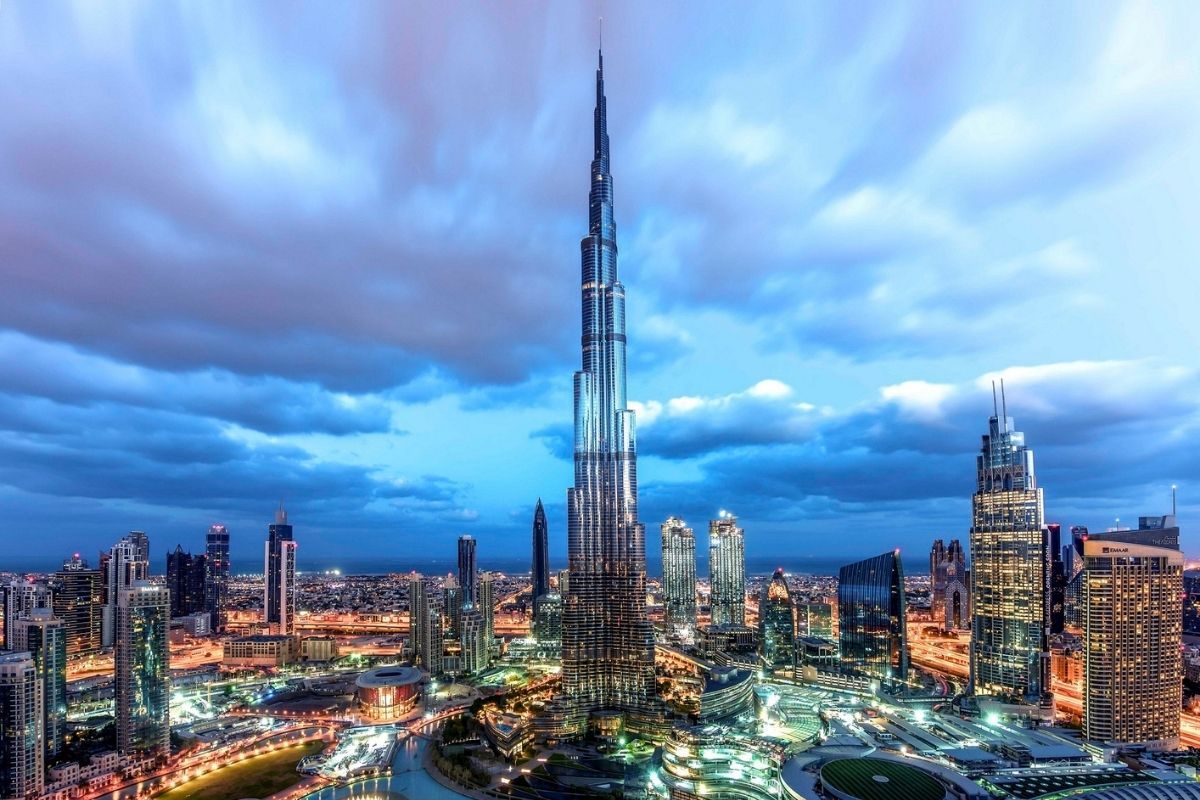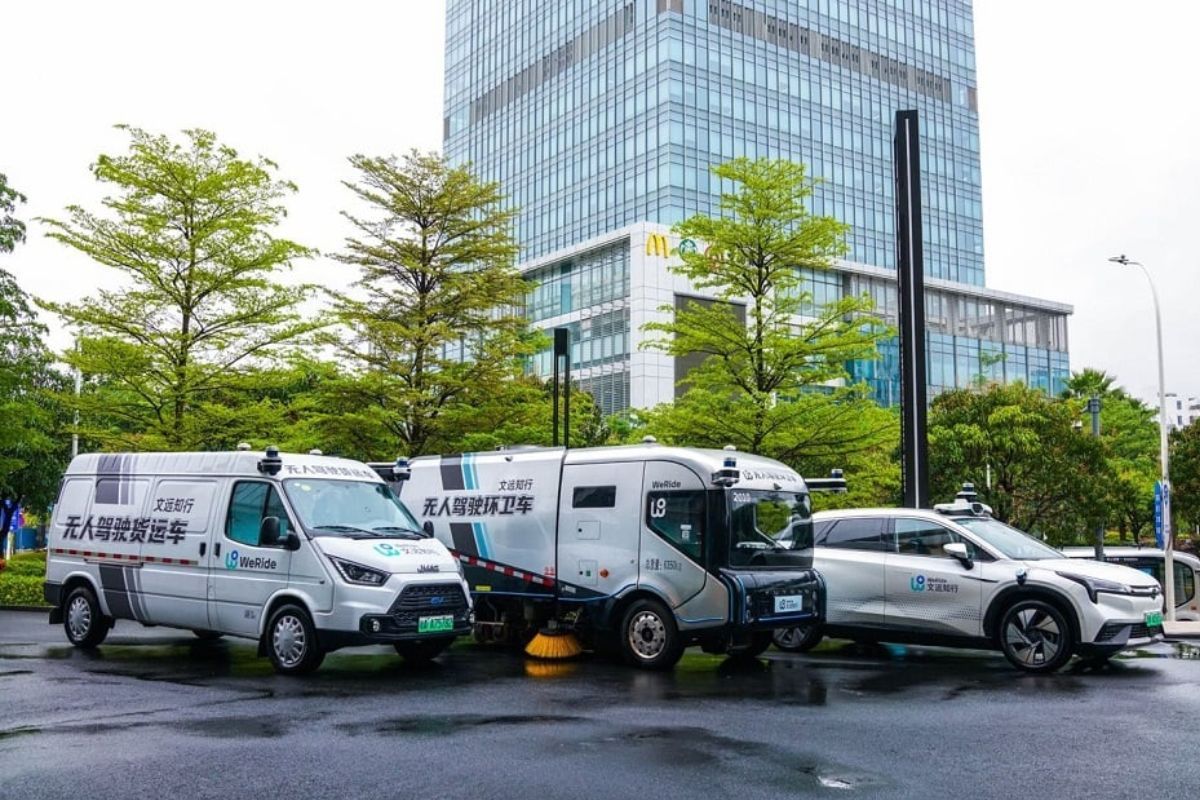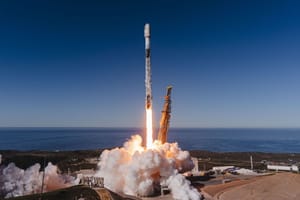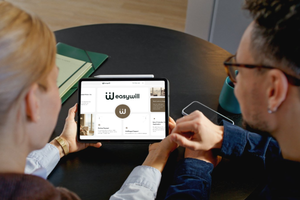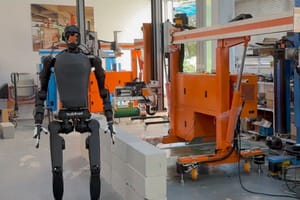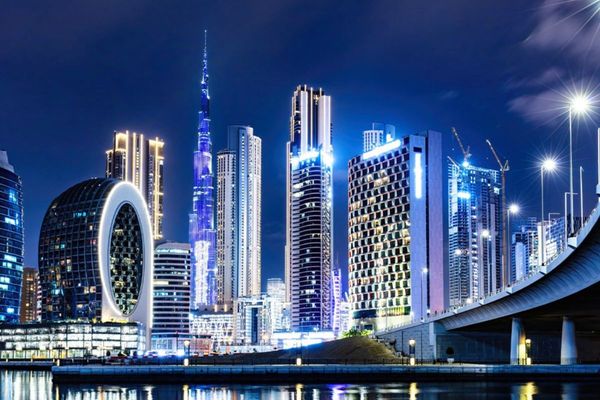If you’re a Dubai resident driving on Sheikh Zayed Road during rush hour, there’s a chance you’ve considered leaving your car and walking to your destination at least once.
Sheikh Zayed Road is one of the primary arterial roads in Dubai, connecting various parts of the city, intersecting with other major highways, such as Sheikh Mohammed bin Zayed Road (E311), Emirates Road (E611), and Al Khail Road (E44). Spanning approximately 55 kilometres in length, it runs parallel to the city’s coastline, connecting Dubai to the border of Abu Dhabi.
As a result of the high population density in Dubai, and its importance as one of the key transportation corridors, Sheikh Zayed Road experiences heavy traffic congestion, especially during peak hours. Although the opening of the Dubai Metro has made a dent in the traffic density, efforts are constantly being made by the Dubai government to mitigate the congestion through infrastructure improvements, and public transportation enhancements.
As part of the revolutionary expansion, the Dubai government announced that plans to establish Hyperloop within Dubai and between Dubai and Abu Dhabi are underway.
Hyperloop Dubai

The Hyperloop project in Dubai was announced in 2016. A partnership between Virgin Hyperloop One and DP World, the Hyperloop project, this futuristic vision is well on its way to reality. The Dubai Hyperloop project is being developed by Virgin Hyperloop, a company that was formed to bring Musk's Hyperloop concept to reality. The company has been working closely with the Dubai Roads and Transport Authority (RTA) to develop and implement the technology in Dubai.
The billion-dollar project, popularly called Hyperloop Dubai or Virgin Hyperloop One, is projected to be launched by 2027-2028. The Hyperloop system in Dubai is envisioned to connect major destinations within the city, such as the Dubai International Airport, Downtown Dubai, and other key locations. The goal is to provide a faster and more efficient mode of transportation, reducing travel times and congestion on the roads.
Also Read: Downtown Dubai – Top 10 Things to do in Downtown Dubai
The Virgin Hyperloop One carries passengers and cargo from the start point to the destination in record time. The hyper-futuristic mode of transportation is a tube system with a suspended capsule consisting of a number of pods that will carry passengers and freight in a near-vacuum environment. The Hyperloop capsules are designed to travel at whopping speeds of up to 1,123 kilometres per hour (621 miles per hour) using magnetic levitation technology. The low-pressure environment inside the tube minimizes air resistance, allowing the capsules to achieve such high speeds.
The system is also expected to be fully autonomous, with minimal human intervention required for operation.
With the project well underway, the hyperloop is expected to be completely electric. One of the primary aims of the hyperloop is to significantly reduce pollution. The hyperloop, due to the non-contact electromagnetic technology, will be significantly quieter compared to other modes of transportation. The speed, comparable to that of an aeroplane, is approximated to reach top speeds of 1,123 kilometres or 760 miles per hour and average speeds of 500 and 600 miles per hour.
The Hyperloop offers a distinct cost advantage in tunnel construction due to its smaller tube size, which is roughly half the size of traditional railway tunnels. This reduction in size significantly reduces the overall construction expenses.
It excels in flexibility as it operates independently of fixed timetables. With the capability for multiple pods to depart every minute, there is no longer a need for frequent stops at each station.
Although the hyperloop will have a maximum capacity of 10,000 passengers, the fleet of pods can be resized depending on demand. The pods are devoid of windows, which will be replaced by interactive entertainment screens. The Hyperportals, which are the stations from where the Hyperloop departs and docks, will be near Burj Khalifa in Dubai.
Must read: All-in-one guide to Burj Khalifa, the tallest manmade marvel
The majority of testing prior to the commercial launch will be conducted in Las Vegas, with other logistical aspects based in Dubai. Ryan Kelly, Vice President of Marketing and Communications at Virgin Hyperloop stated,
“The whole project rollout will be intimately connected to the DP World’s vision of rearranging global supply chain requirements.”
Hyperloop to Abu Dhabi
The second Hyperloop will bridge Dubai and Abu Dhabi, making it possible to travel between the two Emirates within 12 minutes. The intention behind this project is to ameliorate travel between the two Emirates and reduce pollution, traffic congestion and commute time.
The current commute time by road between Abu Dhabi and Dubai is approximately 90 minutes. With the introduction of the Hyperloop, residents living in Abu Dhabi but working in Dubai would be able to travel to work within the record time of 12 minutes. Bridging the distance between Abu Dhabi and Dubai will also benefit businesses in the UAE. Perishable consumer goods like fresh food and medicines that require immediate delivery will be transported much faster, preserving the freshness. The implementation of Hyperloop technology will provide industries with a highly efficient logistics system, allowing for swift transportation of goods across vast distances. As a result, businesses will experience substantial growth opportunities and enhanced operational capabilities. Consequentially, the Hyperloop has the potential to promote economic growth and strengthen the integration of Dubai and Abu Dhabi as major urban centres in the United Arab Emirates.
The decision to introduce came after DP World made a strong case for it, suggesting that utilizing the Hyperloop to transport cargo would significantly help alleviate the “logjams” caused by the pandemic.
Ryan Kelly commented,
“Cargo ships and containers are held up at ports worldwide, and what was usually being sent by trucks is now being shifted onto short-haul flights. DP World’s recommendation to the Virgin Hyperloop Board was the cargo side of (hyperloop-enabled) transportation should be fast-tracked to offer a solution to handling future supply chain needs.”
Each hyperloop capsule will feature a Gold Class for five passengers, and a Silver Class for 14 passengers, conceptually similar to the Dubai Metro. The Hyper portal in Abu Dhabi is proposed to be stationed at Etihad Towers. Although the prices have not been announced yet, one of the motives of the project is to make travel between the two Emirates more affordable. It’s adding to cargo costs, creating delays and more cargo flights mean it will be terrible for the environment.
Prototype Dubai

Virgin Hyperloop, the company behind the Dubai Hyperloop, became the first to successfully test Hyperloop models with passengers. In 2020, a trial run conducted in Nevada, USA demonstrated the successful transportation of a team of two using a Hyperloop prototype. The purpose of this trial was to evaluate the safety of the capsules, with the two-seater pod, named XP-2 or Pegasus, specifically designed for this purpose. It is worth noting that in commercial operations, the pods have a holding capacity of up to 28 passengers. Ensuring passenger safety is a primary objective of the testing process, with monitoring conducted through a central command unit.
Sultan Ahmed Bin Sulayem, Chairman of Virgin Hyperloop and Group Chairman and CEO of DP World who bore witness to the historical testing of the Hyperloop commented,
“DP World and Dubai are at the forefront of technological innovation in the transport and logistics industry. The world has been changing quickly and we wanted to be involved in the potential this mode of mass transportation presents, to connect markets and economies, keep trade flowing and help build the global economy’s next phase to accelerate growth.”
The first prototype of the pod was displayed to the public at Expo 2020. A realistic full-scale replica of a commercial pod, measuring approximately 10 meters in length was placed on public display at the DP World FLOW Pavilion. Visitors were allowed to enter a cutaway passenger pod created to simulate what it would feel like to travel on a Hyperloop. The passenger pod was created to closely resemble the final product and provide visitors with an immersive experience. The exhibit was accompanied by interactive displays, videos and models that would provide a deeper glimpse into the technology behind the Hyperloop and its impact on the future.
What is the Hyperloop?

The Hyperloop is an innovative transportation concept that proposes a high-speed mode of travel within low-pressure tubes. By combining magnetic levitation, minimal air resistance, and electric propulsion, the Hyperloop aims to revolutionize the way people and goods are transported.
First introduced by Elon Musk who open-sourced the idea in 2013, the Hyperloop has since captured the attention of various companies and organizations worldwide, actively working on its development and testing.
The technology used in the Virgin One Hyperloops varies from the original concept by Elon Musk. Virgin One Hyperloop capsules use magnetic levitation, or maglev, technology to float and move within the tube. Magnets on the capsule and along the tube create a repulsive force, lifting the capsule slightly above the track and eliminating friction. This enables smoother and more efficient travel enabling it to achieve unprecedented speeds.
The potential advantages of the Hyperloop include significantly reduced travel times, alleviated congestion, decreased energy consumption, and enhanced overall efficiency in transportation. While still in the experimental and developmental phases, the Hyperloop holds extraordinary promise, offering the potential to redefine and revolutionize the future of transportation on an unparalleled scale.
Efficiency is at the core of the Hyperloop's design. It incorporates renewable energy sources, regenerative braking, and a low-friction environment within the tube, resulting in energy savings and minimal carbon emissions. Moreover, the sealed tube system provides weather resistance, safeguarding capsules, and passengers from external elements like rain, wind, and temperature fluctuations. This ensures a controlled and pleasant travel experience, even in challenging external environments.
Designed to be elevated on high-rise columns or constructed within underground tunnels, the concept ensures complete isolation from wildlife, other vehicles, and hazardous grade crossings. Fully self-operating, the system eliminates the risk of errors caused by human drivers. The tubes are constructed using puncture-proof steel, capable of withstanding fluctuating air pressure. Furthermore, each pod is equipped with emergency exits to ensure passenger safety.
Passengers will be required to wear seat belts and the travelling experience can be likened to riding an elevator or aeroplane. Hyperloop Dubai will be constantly monitored and upgraded, with an RTA safety team.
Other Transportation Projects in Dubai
The Hyperloop is only one among the many hyper-futuristic transportation projects the Dubai government has green-lit. Among the other projects are:

The Electric Abra- the RTA announced trial operations of what they describe as ‘The First Autonomous Electric Abra’. Projected for completion in 2030, the Electric Abra will reduce noise pollution, eliminate carbon emissions, and has the capability to be self-functioning. Equipped with cutting-edge obstacle detection technology, it can actively intervene to avoid potential collisions along the navigational path. Furthermore, it possesses the capability to promptly notify the control centre of any deviations from the predetermined operating plan.

Driverless Taxis- completely driverless and self-driven, Dubai’s driverless taxis will improve road safety by over 90 per cent by eliminating the chances of human error. As of July 2022, the city roads were mapped to prepare for the taxis. Post-trialling, RTA aims to launch the project by the end of this year.
Also Read: First look of Dubai's driverless taxi

Flying Taxis- The RTA has confirmed the development of aerial taxi prototypes. The stations will connect four crucial points of Dubai: Downtown Dubai, Dubai Marina, Dubai International Airport, and Palm Jumeirah. Projected to be launched by 2026, the taxis travel up to 300 kilometres per hour, with the capacity to hold four passengers with one pilot. The project is part of the city’s aim to alleviate congestion through energy-efficient and time-efficient transportation services.
The RTA has also initiated plans of bringing a suspended transport network to Dubai.
Read Also:

